Why The Best CFD Software Is Open-Source
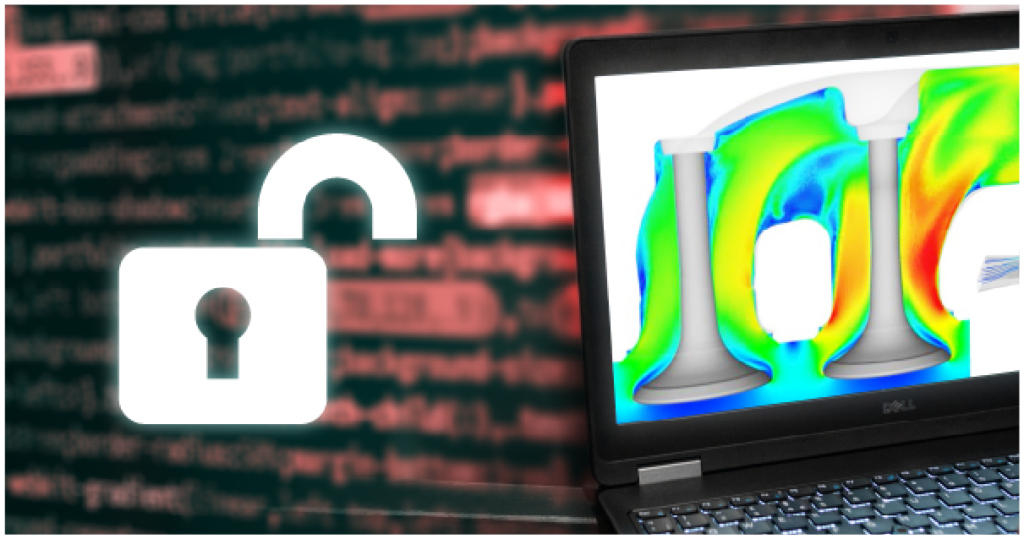
The open-source software movement has transformed the technology sector over the last few decades and now underpins the majority of programs used by industry. The latest reports show that 77% of the source code in today’s software tools originates from open-source and over 90% of companies are currently using open-source code, with 79% expecting this […]
ENGYS® Releases HELYX® Version 4.2.0
ENGYS is pleased to announce the release of HELYX version 4.2.0, the latest advancement in our commitment to providing cutting-edge open-source simulation tools. HELYX 4.2.0 empowers engineers worldwide to tackle complex fluid dynamics challenges with confidence. What’s New in HELYX 4.2.0: HELYX 4.2.0 introduces several new capabilities and improvements, including: Accessing HELYX 4.2.0: Existing users of HELYX can […]
Engineering Excellence: Legasys’ CFD Success with HELYX
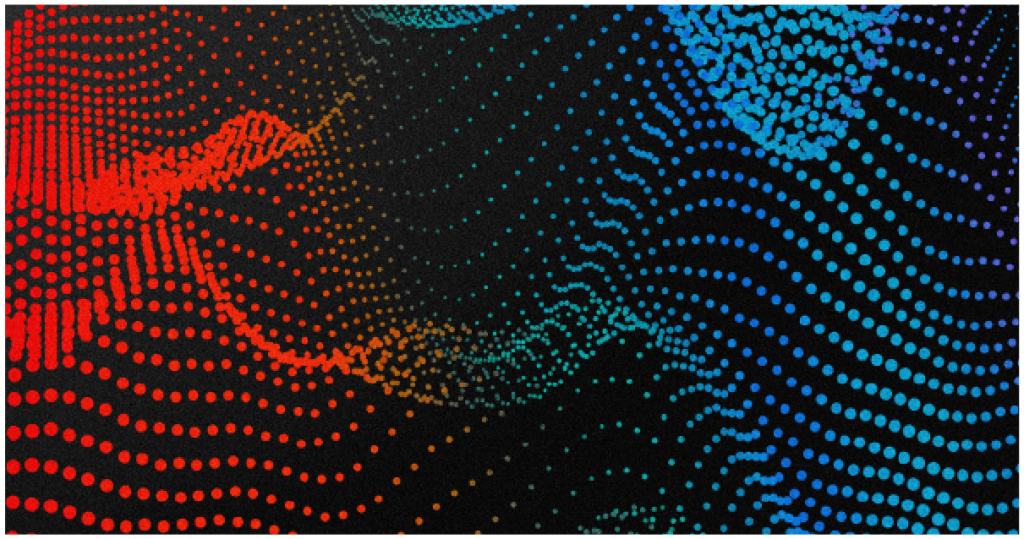
At ENGYS, we are constantly inspired by the innovative ways our clients utilize our software to overcome complex engineering challenges. Recently, we had the opportunity to sit down with Alysson Dantas, a Process Engineer at Legasys, to discuss his experience using our CFD software, HELYX. In this interview, Alysson shares insights into his background, the […]
ENGYS® Releases HELYX® Version 4.1.1
ENGYS is pleased to announce the release of HELYX® version 4.1.1, along with updates to all HELYX add-ons. HELYX 4.1.1 is focused on bug fixes and code refinements to address known issues found in the previous version 4.1.0. For more information, users should refer to the Release Notes provided with the software. To access the latest release, please […]
Streamline Solutions Launches ELEMENTS Version 4.1.1
We are thrilled to announce the release of ELEMENTS version 4.1.1, an open-source CFD software suite for vehicle design applications distributed by Streamline Solutions LLC — a joint venture between ENGYS and Auto Research Center. This release also introduces updated versions of the add-on modules ELEMENTS-Adjoint and ELEMENTS-Coupled. ELEMENTS 4.1.1 is focused on bug fixes and […]
Harnessing The Power Of AI In CFD Analysis
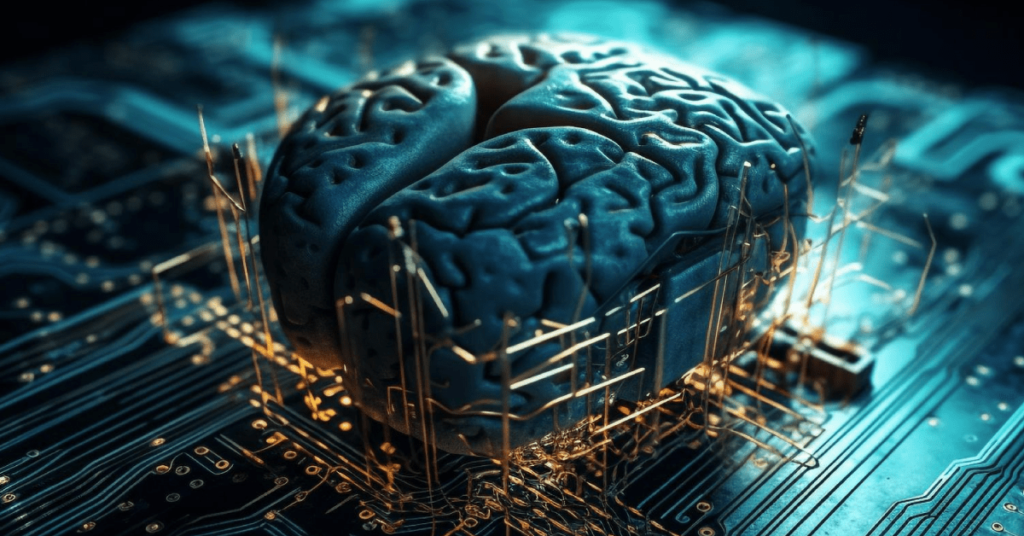
Artificial Intelligence (AI) has exploded into almost every industry over the last few years and is expected to grow from $86.9 billion in revenue in 2022 to over $407 billion by 2027 [1]. This extraordinary growth may feel like it has sneaked up on us, but the machine learning modelling techniques that lie at the […]
The Benefits Cloud Simulation Can Bring to CFD

On average, a typical employee uses around 36 cloud-based services every day [1]. This shift to using the cloud has led to a boom in the cloud computing market which is projected to increase by over 130%, growing from $446.4 billion in 2022 to over $1.03 trillion by 2026 [2]. This rapid growth is due […]
The Continuous Adjoint Method For Optimization Problems
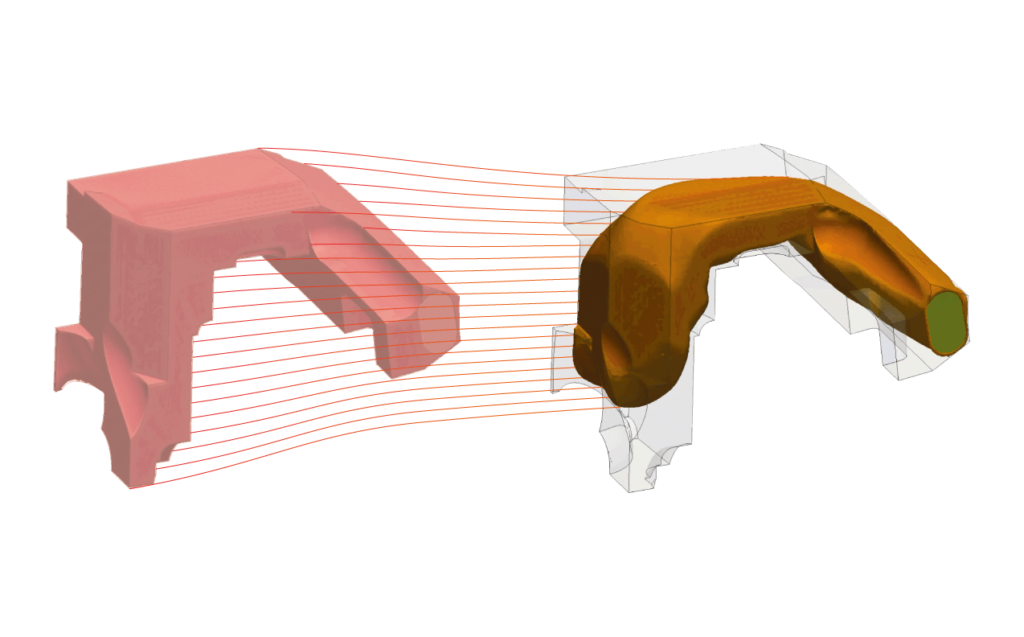
Aerodynamics is a discipline filled with optimization problems. Whether it is drag, lift or downforce, an aerodynamicists’ goal is to maximise the potential performance of an object within a set of constraints. To achieve this, the typical approach is to change an input variable and analyse the effect on the output. However, a more efficient […]
The Benefits Of Open-Source CFD Software
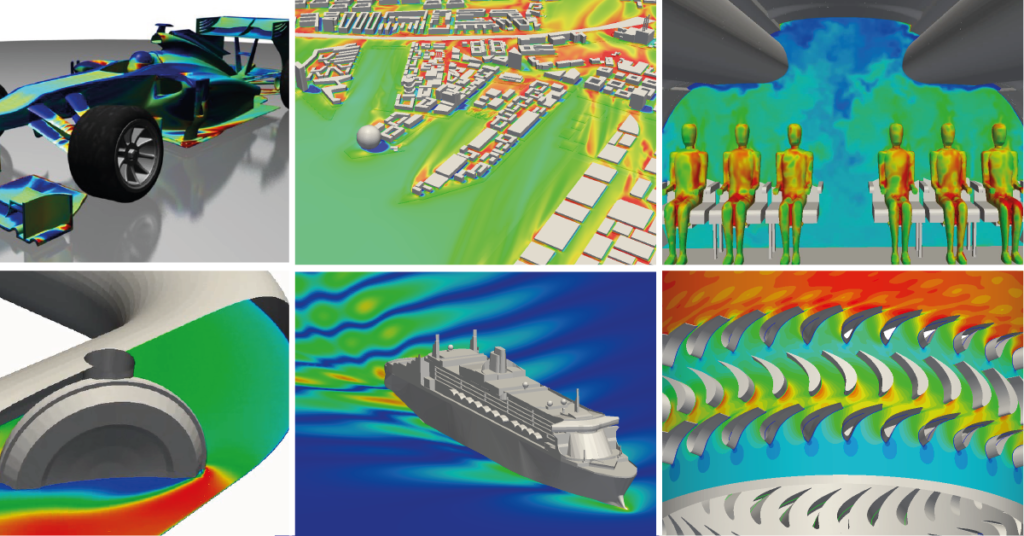
Over the last decade, ‘open-source’ has become a bit of a buzzword that is often used in the marketing of software solutions. Yet, open-source is much more than just a benefit to add to a list of why users should buy a simulation package. Instead, open source represents a significant shift in the philosophy behind […]
2023 CFD Technology Trends

The landscape of Computational Fluid Dynamics (CFD) software has changed dramatically over the last few decades. In the past, CFD was expensive, CPU-hungry proprietary software that required comprehensive training to be used effectively. This restricted the use of CFD to large organisations that had the resources to fully fund and integrate this type of software. […]